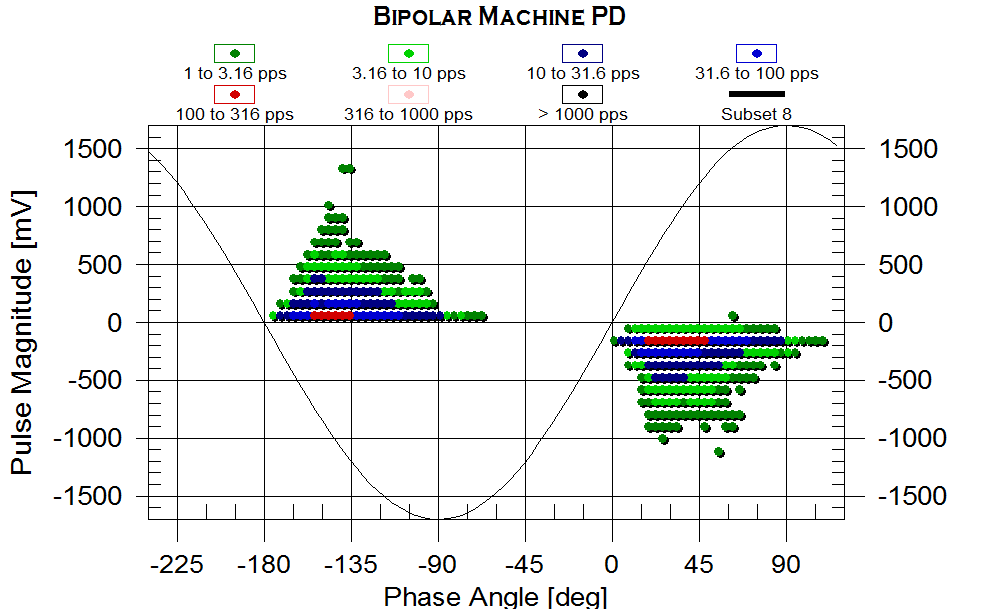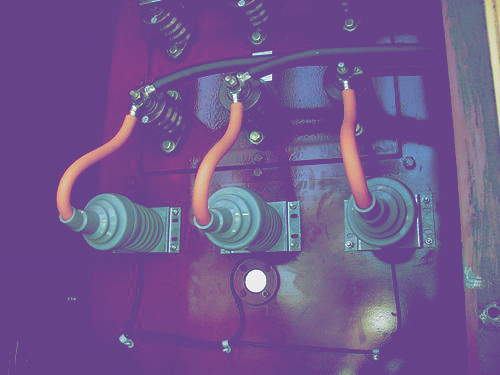Motors are a vital element in electrical or industrial plants. They are essential in multiple applications in widely varying fields such as the cooling of nuclear reactors, the pumping of crude oil, the production of liquid oxygen for COVID patients and the transport of freight and passengers.
Motors are subject to periodic maintenance in order to prevent non-scheduled outages or production cuts. The type of maintenance depends on the importance of the motor in the production process.
- Corrective Maintenance (change in the event of breakdown). This will be applicable to motors of little relevance if spares are available for them or there is redundancy in the process.
- Preventive Maintenance (change of components when they are assumed to have become degraded). This will be applicable to motors of some relevance.
- Predictive Maintenance (measurements performed on the motor to indicate the need for change and when it should be performed). This is applicable to motors of some relevance, motors critical for production or safety-related motors.
Predictive maintenance implies the performance of electrical measurements on the motor (normally during a plant outage), which provide parameters allowing for its diagnosis. When sensors are installed on the motor and provide us with measurements during normal operation (in-service), the process is known as monitoring.
When is motor monitoring necessary?
Consequently, motors need to be maintained, especially those exceeding certain power levels, such as medium voltage motors (MV, >1kV), which require specific periodic controls. Motors are made up of two fundamental parts: the stator, which is the fixed part, and the rotor, which is the moving part. The lifetime of an MV motor is essentially that of its stator insulation; this is why monitoring is so important, to prevent possible problems through the prompt detection of faults.
Evidently, monitoring increases productivity and thereby prevents costly service outages. Furthermore, it also limits risk, which implies an additional saving in dealings with insurance companies.

MV motor monitoring. Partial discharges
Partial discharges allow us to diagnose motor degradation. If the stator insulation is correctly manufactured, the motor will have a homogeneous insulating wall separating the copper of the stator from the magnetic plate. Over years of operation the temperature will “evaporate” the agglomerate resins of this wall, as a result of which it will weaken and very gradually but exponentially generate voids.
These voids intensify their internal electrical field producing periodic dielectric perforations that, being located in only a part of the wall (not through-wall perforations), are known as partial discharges.
In order to carry out this monitoring, it is necessary to install sensors in the motor terminal box, which will allow us to acquire records with the motor in operation.
What do partial discharge measurements provide?
In themselves discharges represent a gradual process of degradation. A comparison between the measurement of partial discharges and our daily activities might be to describe it as like “taking one’s temperature”. A quantitative evaluation allows us to determine whether the situation is normal or irregular and, to a certain extent, determine remaining lifetime.
From the qualitative point of view, these records allow us to differentiate between different modes of degradation, were these to occur, and anticipate future maintenance interventions aimed at achieving the maximum availability of the asset.
What do we do at Tecnatom?
We have the capabilities required to undertake the complete range of services: from the installation and calibration of sensors, through the measurement phase to advanced diagnosis and consulting. We carry out these activities on dozens of rotary machines every year, in accordance with standard IEC 60034-27-2 (on-line partial discharges).
We are particularly active in the nuclear sector, where our engineering people also undertake class 1E maintenance. We do not cover only MV motors but also successfully apply the monitoring of partial discharges to cogeneration machines, hydro-generators and turbine-generators.
Author: Andrés Tabernero






